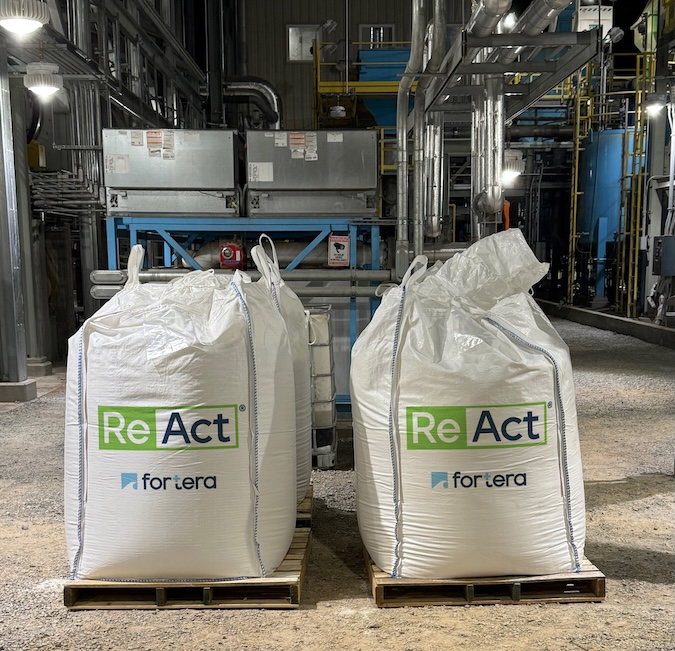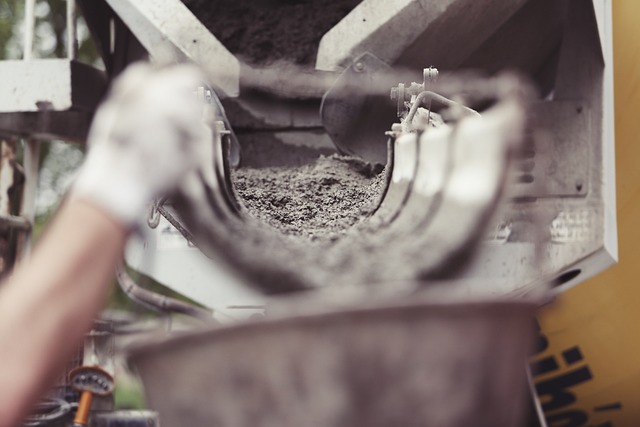Sources: CP staff; Portland Cement Association, Skokie, Ill.; RMC Research & Education Foundation, Silver Spring, Md.
Two studies from the Concrete Sustainability Hub at the Massachusetts Institute of Technology represent major advancements for construction-related life-cycle assessments (LCA), as they quantify cradle-to-grave cost and environmental impacts for buildings and pavements. Released August 11 as part of the Concrete Sustainability Hub’s 2011 Industry Day on the MIT Cambridge campus, the studies factor costs and embodied carbon dioxide levels at initial construction plus those of use and operations phases—based on energy consumption, maintenance and traffic delays—not fully accounted for in most LCAs.
Life-cycle costs and CO2 emissions are playing an increasingly important role among architectural and engineering professionals—along with their building and transportation project customers—as an extension of the initial-construction criteria to which the U.S. Green Building Council’s LEED rating system is confined. LCA is a charter research topic for the Concrete Sustainability Hub, which the RMC Research & Education Foundation and PCA launched in October 2009.
In Methods, Impacts, and Opportunities in the Concrete Building Life Cycle, MIT faculty and students behind the Concrete Sustainability Hub quantify the relative CO2 contribution from buildings across all life cycle phases. This rigorous analysis, with a similar study of whether the best environmental strategy was beneficial economically, will allow the construction industry to improve the accuracy and transparency of existing and future LCA, providing legislators, code-making bodies and building design professionals with a comprehensive and unbiased model.
Hub participants also used this life-cycle approach to evaluate the real cost of a pavement throughout a 50-year lifetime, netting Methods, Impacts, and Opportunities in the Concrete Pavement Life Cycle. Researchers started with the Federal Highway Administration’s “Life-Cycle Cost Analysis in Pavement Design Interim Technical Bulletin,” a process that accounts for both initial construction and future rehabilitation. What the FHWA procedure fails to account for, however, are changes in the prices of building materials over the life of the pavement. MIT’s research showed that during a 50-year timeframe, the mean real price of concrete decreases by 20 percent, while the mean real price of asphalt increases by 95 percent. To allow states to address this, MIT released The Effects of Inflation and Its Volatility on the Choice of Construction Alternatives, offering tools departments of transportation can readily adopt to account for inflation.
Researchers found that while concrete pavements are already sustainable in many ways, their carbon footprint can be further reduced. First, faculty and students developed a comprehensive methodology outlining the best practice concepts that should be followed when conducting any pavement LCA. Specifically, any complete LCA should include the use and rehabilitation phases, which can account for 33–44 percent of the CO2 emissions for interstate highways.
Next, the Hub researchers applied these concepts to evaluate strategies to lower a concrete pavement’s carbon footprint and overall environmental impact. A major advancement was the incorporation of a cost-effective analysis to determine whether or not a given environmental reduction strategy made sense economically. Among the strategies evaluated, the two that reduced embodied emissions—increased fly ash and reduced overdesign due to better designs—were found to lower the CO2 emissions by approximately 10 percent and 17 percent, respectively, while also saving upfront costs.
Pavements that deflect or bend slightly under traffic loads cause cars and trucks to run in a slight depression that increases fuel consumption. Pavements with greater stiffness, MIT finds, mean better fuel economy for the vehicles that travel on them. As an example of the initial results, MIT looked at typical material properties for concrete and asphalt pavements and found that for the same stiffness and fuel consumption, an asphalt pavement had to be up to 60 percent thicker than the concrete pavement. With fuller development of this model, it will be possible to include the impacts of pavement properties and on fuel usage in both the environmental and cost analyses.
Finally, researchers reviewed fuel economy from a unique perspective. Instead of focusing on the efficiency of cars and trucks, they analyzed how pavement properties affect fuel economy. MIT developed the first-ever mechanistic pavement vehicle interaction model that relates fuel consumption to pavement material and structural properties. This model provides realistic estimates of changes due to deflection.
The full Buildings, Pavements and Inflation studies can be downloaded from http://web.mit.edu/cshub/



